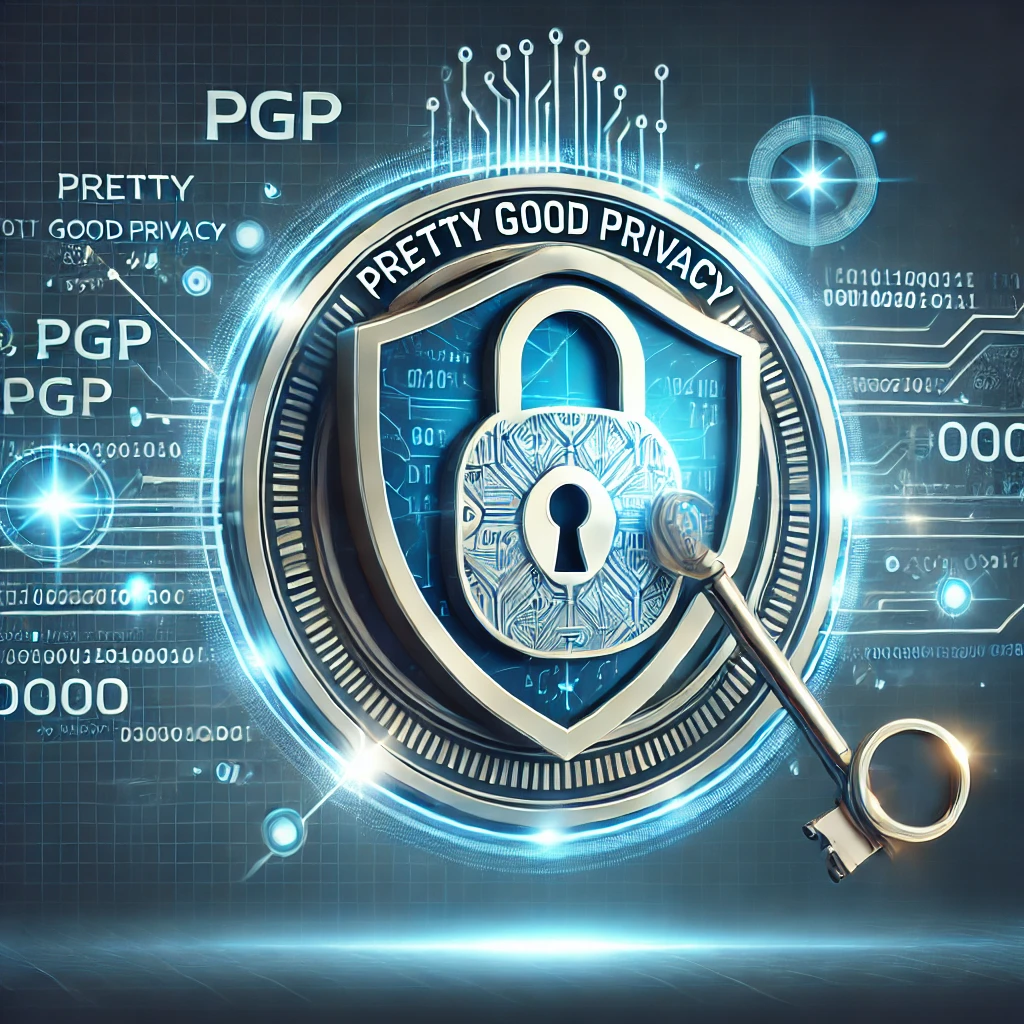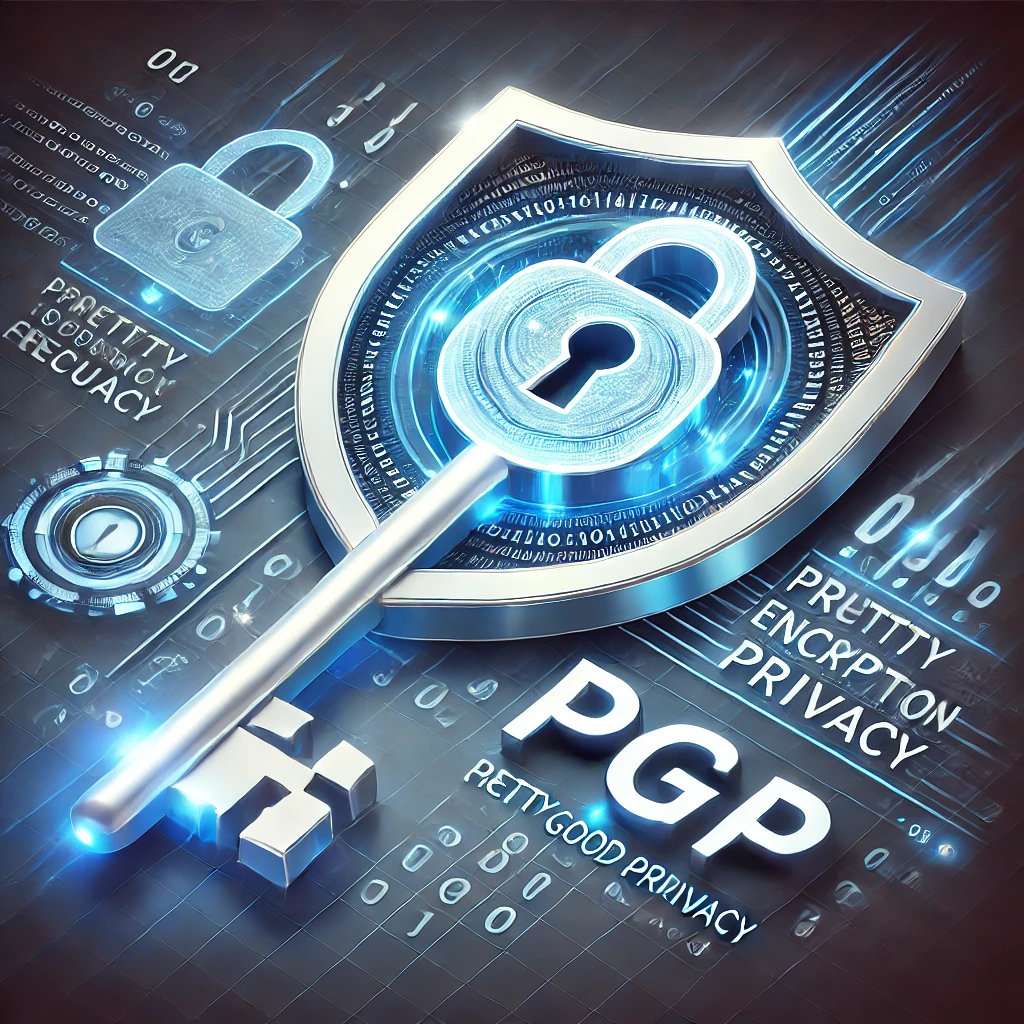In an era where digital communication dominates every aspect of our lives, ensuring the security and privacy of our data has become paramount. Whether you’re sending sensitive emails, securing files, or protecting your online identity, Pretty Good Privacy (PGP) has been a trusted tool for decades. But what exactly is PGP, and why is it so effective?
What is PGP?
PGP, short for Pretty Good Privacy, is an encryption program that provides cryptographic privacy and authentication. Developed by Phil Zimmermann in 1991, it’s widely used to secure emails, files, and other forms of digital communication. PGP works by encrypting data so that only the intended recipient can read it.
How Does PGP Work?
At its core, PGP uses a combination of public-key cryptography and symmetric-key encryption to secure data. Here’s a simplified explanation:
- Key Pair Generation: Each user generates a pair of cryptographic keys—a public key and a private key.
- The public key is shared with others and is used to encrypt data.
- The private key is kept secret and is used to decrypt data.
- Encryption: When you send a message, you use the recipient’s public key to encrypt the data. Only the recipient, with their corresponding private key, can decrypt and read the message.
- Digital Signatures: PGP also allows users to digitally sign their messages. This verifies the sender’s identity and ensures the message hasn’t been tampered with during transit.

Why is PGP So Secure?
PGP combines multiple layers of security to protect your data:
- Public-Key Cryptography: Ensures that only the intended recipient can decrypt the message.
- Symmetric Encryption: Provides fast and secure data encryption using a shared session key.
- Hash Functions: Guarantees data integrity by creating a unique fingerprint of the message, alerting recipients if the message has been altered.
This multi-layered approach makes PGP highly resilient to cyberattacks and unauthorized access.
Common Uses of PGP
PGP has a wide range of applications, including:
- Email Encryption: Securely send sensitive emails to ensure only the intended recipient can read them.
- File Encryption: Protect files stored locally or shared online.
- Digital Signatures: Authenticate documents, software, and other digital content.
- Data Integrity: Verify that data hasn’t been altered in transit.
Getting Started with PGP
If you’re new to PGP, here are the basic steps to start using it:
- Install a PGP Tool: Popular options include GPG (GNU Privacy Guard), a free and open-source implementation of PGP.
- Generate Your Keys: Use the tool to create a public/private key pair.
- Share Your Public Key: Share your public key with people you want to communicate securely with.
- Encrypt and Decrypt Messages: Use your tool to encrypt outgoing messages and decrypt incoming ones.
- Sign and Verify Data: Digitally sign your messages and verify signatures from others.
PGP in the Real World
PGP remains a cornerstone of online security, used by individuals, businesses, and governments worldwide. Popular email clients like Thunderbird support PGP integration, and many file-sharing services rely on PGP encryption for added protection.
Challenges and Limitations
While PGP is incredibly secure, it’s not without its challenges:
- Complexity: Setting up and using PGP can be intimidating for non-technical users.
- Key Management: Losing your private key or forgetting your passphrase can render your encrypted data inaccessible.
- Metadata Exposure: PGP doesn’t encrypt email headers, so some information, like the sender and recipient, may still be visible.
The Future of PGP
As digital threats evolve, PGP continues to adapt. With ongoing development and improvements, PGP remains a reliable and robust tool for securing data in an increasingly connected world.
Final Thoughts
In a time where privacy is often compromised, PGP offers a powerful way to take control of your digital security. Whether you’re a privacy advocate, a business professional, or simply someone who values secure communication, PGP is a tool worth exploring.
So, why not take the first step today? Download a PGP tool, generate your keys, and start encrypting your data. Because in the digital age, protecting your privacy isn’t just a good idea—it’s essential.

